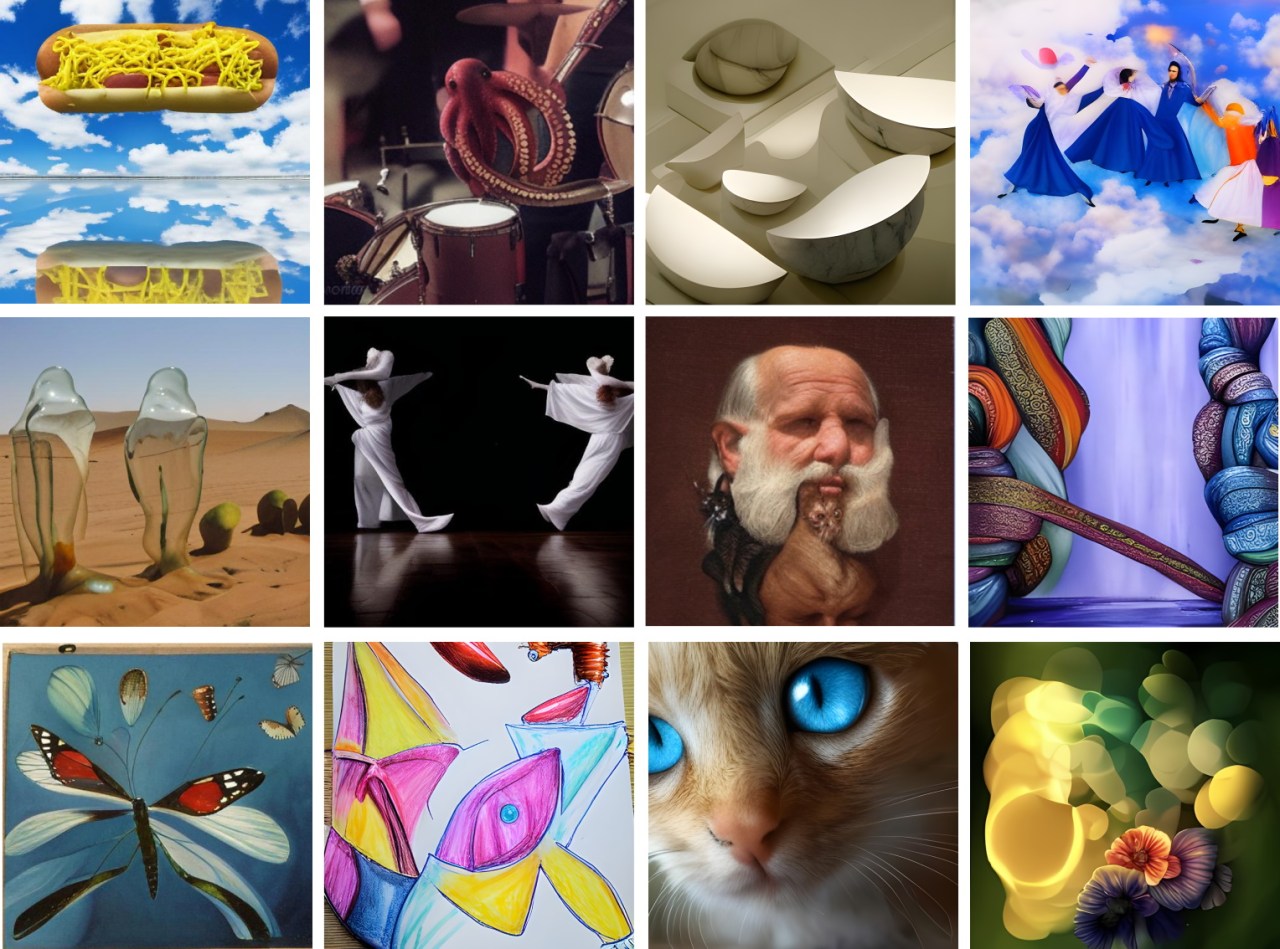As we venture deeper into the realm of artificial intelligence (AI), remarkable innovations continue to shape how we comprehend and interact with our world. Recent advancements have brought forth language models capable of translating numerous languages, solving complex mathematical equations, and even engaging in realistic conversations. In this blog post, we’ll take a closer look at some of these transformative AI technologies, discuss their implications, and explore the challenges they face in the journey to become more robust tools for communication and problem-solving.
Translating the World: Meta’s NLLB-200
In a groundbreaking move, Meta has introduced the NLLB-200 language model as part of its ambitious No Language Left Behind initiative. This model claims to perform translations across 200 languages with “state-of-the-art” accuracy. By significantly enhancing the diversity of languages supported, including those that have previously been neglected, this initiative aims to foster more inclusive communication on platforms like Facebook and Instagram.
- Underrepresented Languages: NLLB-200 actively focuses on languages such as Kamba, Lao, and more than 540 African languages. This could lead to a substantial improvement in language accessibility, allowing voices from diverse backgrounds to be heard.
- Robust Data Cleaning: Meta has revamped its data cleaning pipeline to eliminate biases and enhance the quality of translations. However, researchers still warn that these models are not devoid of errors, noting that mistranslations and incorrect terminology may occur due to the training data sourced primarily from the internet.
Mathematics and AI: Google’s Minerva Model
Not to be outdone, Google has unveiled Minerva, a cutting-edge model capable of solving mathematical and scientific problems without external tools. This remarkable AI has learned from an extensive dataset containing over 118GB of scientific literature, enabling it to perform symbolic manipulation and numerical calculations efficiently.
- Setting New Standards: Minerva establishes a new benchmark for AI in STEM education. It demonstrates advanced problem-solving techniques, moving beyond simple calculations to embrace complex, multi-step reasoning.
- Educational Impacts: As AI evolves, the potential for systems like Minerva to assist in educational settings grows. It may pave the way for future models that could revolutionize how we learn and understand science and mathematics.
Conversational Intelligence: Microsoft’s Godel
Conversational AI is part of the ongoing development in the field, as highlighted by Microsoft’s Godel language model. This model aims to create more engaging dialogues by pulling information from the web to inform discussions, covering a wide range of topics.
- Dynamic Conversations: Godel facilitates conversations about restaurants or recent events, making interactions feel more natural. However, it too faces challenges related to biases in the training data, highlighting the need for addressing ethical concerns in AI development.
- Connecting to Users: As AI models become more adept at simulating human-like conversations, the question of ethics in AI, particularly regarding bias and harmful responses, grows increasingly significant.
The Upsurge of Visual AI
Not only are language translation and problem-solving receiving attention, but advancements in visual AI are also exciting. Google’s Parti model, for instance, represents a leap in text-to-image modeling.
- Enhanced Visual Generation: By refining its parameters, the Parti model shows progressively better outputs, hinting at a future where accurate image generation could be commonplace. However, the challenge lies in ensuring these models remain accessible while being computationally efficient.
- Creativity and Agency: Meta’s Make-A-Scene aims to grant more creative freedom to artists by allowing them to draft silhouettes. This innovative approach expands the canvas for artistic expression in ways that machine-generated content alone cannot achieve.
Conclusion
The evolution of AI has unlocked unprecedented possibilities in language translation, problem-solving, and creativity. As Meta, Google, and Microsoft push the boundaries of these technologies, we must remain vigilant in addressing the associated challenges, particularly around biases and ethical considerations. With each advancement, we stride closer to a more interconnected and intelligent world, where AI tools effectively make our lives easier and enrich our experiences.
At fxis.ai, we believe that such advancements are crucial for the future of AI, as they enable more comprehensive and effective solutions. Our team is continually exploring new methodologies to push the envelope in artificial intelligence, ensuring that our clients benefit from the latest technological innovations.
For more insights, updates, or to collaborate on AI development projects, stay connected with fxis.ai.

